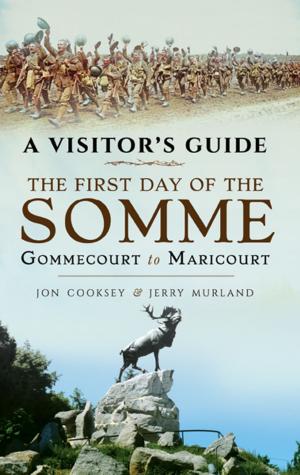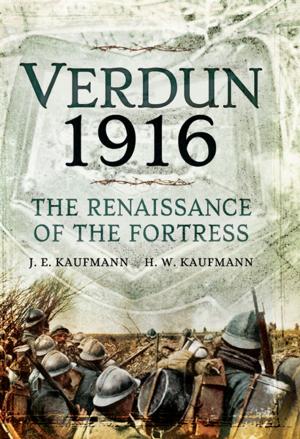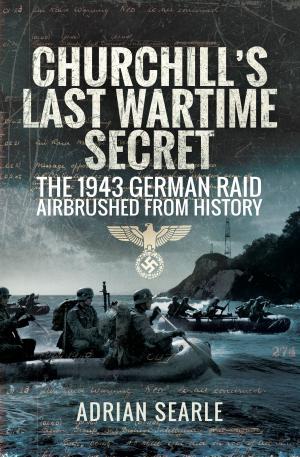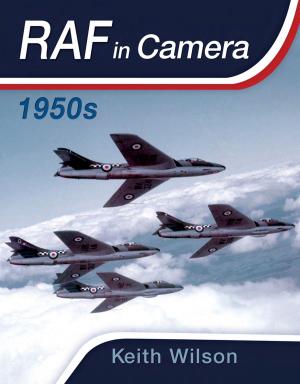Bombers over Sand and Snow
205 Group RAF in World War II
Nonfiction, History, Military, Aviation, World War II| Author: | Alun Granfield | ISBN: | 9781844687084 |
| Publisher: | Pen and Sword | Publication: | October 5, 2011 |
| Imprint: | Pen and Sword | Language: | English |
| Author: | Alun Granfield |
| ISBN: | 9781844687084 |
| Publisher: | Pen and Sword |
| Publication: | October 5, 2011 |
| Imprint: | Pen and Sword |
| Language: | English |
205 Group RAF provided the only mobile force of heavy night bombers in the Mediterranean theater in the Second World War. It operated mainly from bases in Egypt, Libya, Tunisia and Italy, with occasional excursions to Malta, Greece and Iraq, attacking tactical and strategic targets according to the demands of the wider war in the theater. The force was relatively small when compared with the numbers of aircraft available to Bomber Command in the Western European theater, and it carried on using the venerable Vickers Wellington long after this aircraft had been relegated to the training role in the United Kingdom.
Like their UK-based counterparts the night bombers were intended to operate in a strategic role, bombing targets away from the immediate battlefront. However, the demands of the war in the Middle East and Mediterranean soon diverted the bombers from their strategic role and saw them operating much closer to the front line in support of the hard pressed ground forces.
The bomber squadrons in North Africa usually operated from Advanced Landing Grounds scraped out of the bare desert, with only a few tents for shelter. In Italy they did have more or less permanent bases, but they still lived in tents (if they were lucky) often surrounded by a sea of mud. There were no pubs, often no beer, and the only contact with their families were the eagerly awaited letters from home. Also the squadrons in England did not have Rommel continually knocking on their door. Thus, the operations of the night bombers in the Middle East and Mediterranean were often governed by the general progress of the war in the theater. The ebb and flow of the land battles not only determined the activities of the night bombers, but also determined their location. This book tells their story.
205 Group RAF provided the only mobile force of heavy night bombers in the Mediterranean theater in the Second World War. It operated mainly from bases in Egypt, Libya, Tunisia and Italy, with occasional excursions to Malta, Greece and Iraq, attacking tactical and strategic targets according to the demands of the wider war in the theater. The force was relatively small when compared with the numbers of aircraft available to Bomber Command in the Western European theater, and it carried on using the venerable Vickers Wellington long after this aircraft had been relegated to the training role in the United Kingdom.
Like their UK-based counterparts the night bombers were intended to operate in a strategic role, bombing targets away from the immediate battlefront. However, the demands of the war in the Middle East and Mediterranean soon diverted the bombers from their strategic role and saw them operating much closer to the front line in support of the hard pressed ground forces.
The bomber squadrons in North Africa usually operated from Advanced Landing Grounds scraped out of the bare desert, with only a few tents for shelter. In Italy they did have more or less permanent bases, but they still lived in tents (if they were lucky) often surrounded by a sea of mud. There were no pubs, often no beer, and the only contact with their families were the eagerly awaited letters from home. Also the squadrons in England did not have Rommel continually knocking on their door. Thus, the operations of the night bombers in the Middle East and Mediterranean were often governed by the general progress of the war in the theater. The ebb and flow of the land battles not only determined the activities of the night bombers, but also determined their location. This book tells their story.















